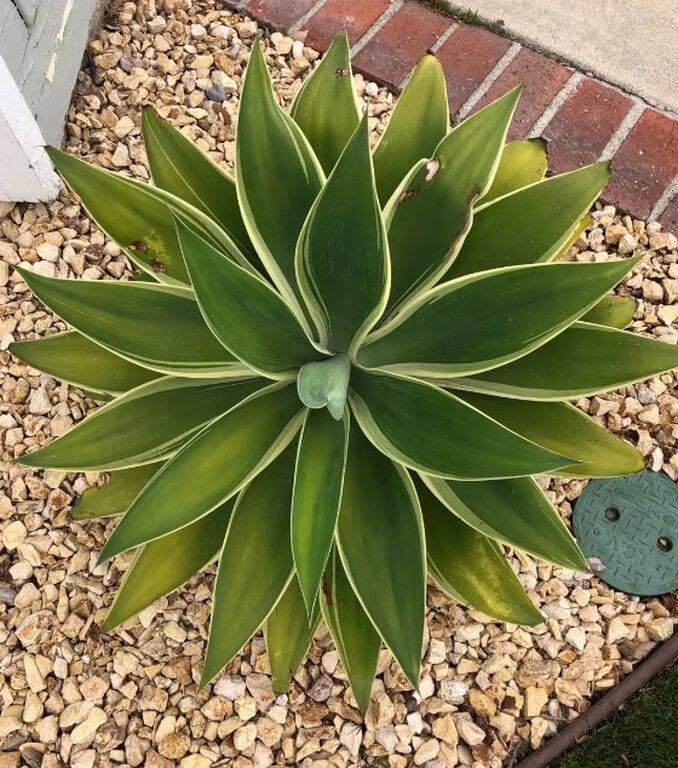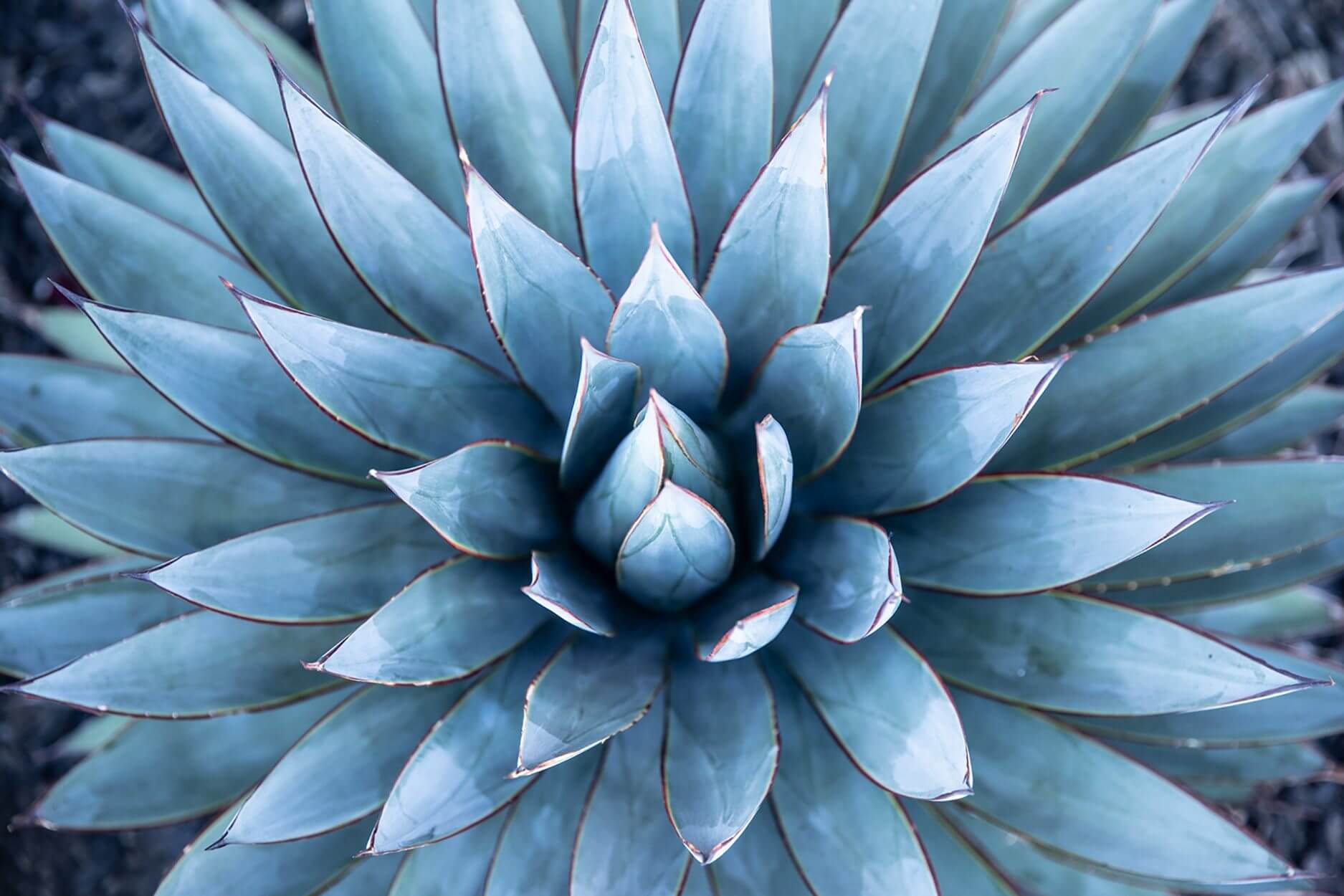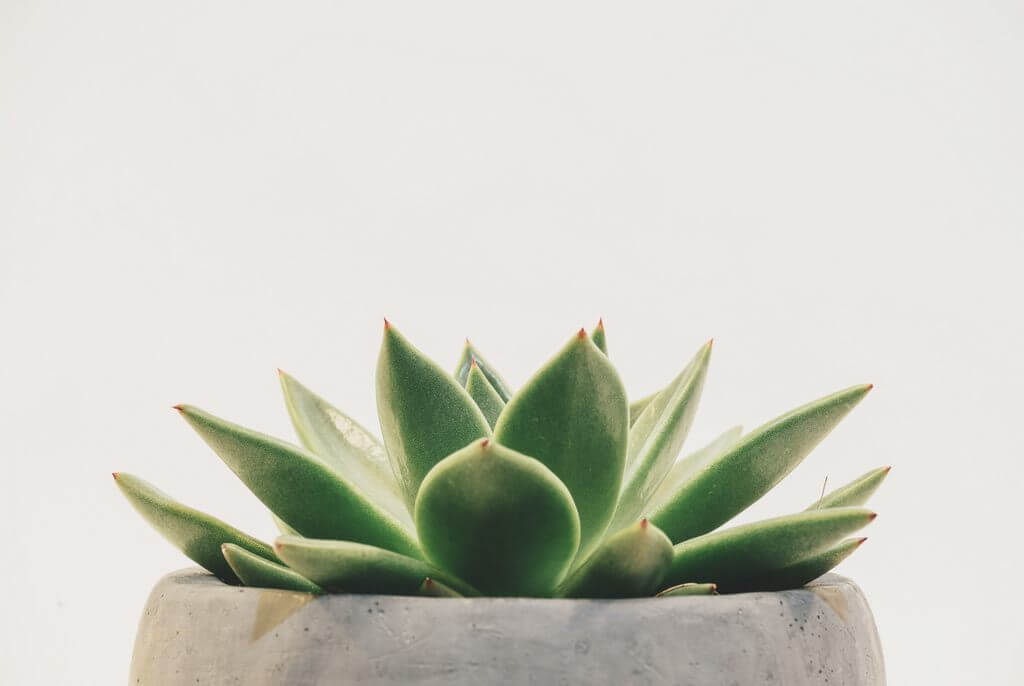Agave succulents have become popular recently, with many people cultivating them. But, not all agave species are the same, so it is vital to understand which one best suits your needs. This article aims to provide an overview of Agave Succulents and explain what makes them unique. Helping readers make informed decisions about their purchases.
Yet despite the popularity of these plants, some may be put off by the thought of caring for something so delicate – but there’s no need! While Agave Succulents need more attention than other houseplants. They can thrive indoors if carefully treated. With just a few simple tips, you’ll be able to keep your plant healthy and happy year-round.
By showing why Agave Succulents are becoming more and more popular. In this article shows how these plants can bring added life and beauty to any home or garden space.
By providing information on different available varieties and providing detailed advice on care requirements. Readers will better understand this beautiful species that has captivated gardeners for centuries.
Overview Of Agave Succulents
Agave succulents are intriguing, with their captivating spiky leaves and bold blooms. They have a fascinating history that goes back thousands of years in various parts of the world. These succulents belong to the Agavaceae family and come in many species, each with unique characteristics.
The most common agave species is Agave Americana. It can grow up to 3 feet long and 5 inches wide (1.5 to 1.8 m). It’s best grown in well-draining soil and total sun exposure for optimal growth.
Other popular varieties include Agave attenuata, Agave Angustifolia, and Agave tequilana – also known as blue agave.
All these species require minimal maintenance but will benefit from occasional watering during dry months.
When planting them outdoors, choose a spot where they can get plenty of sunlight throughout the day, which helps promote better flowering production later.

Different Species Of Agave Succulents
Agave succulents are a diverse group of plants that come in wide varieties. Each species has unique characteristics, such as size, shape, colour, and texture.
There are over 200 known species of agaves, but some of the most commonly grown include Agave Americana (Century Plant), Agave attenuata (Fox Tail Agave), and Agave tequilana (Tequila Agave).
These three main species vary from one another. The Century Plant is an evergreen perennial with large rosettes of leaves up to two feet wide. Fox Tail Agave is a smaller plant with long thin leaves forming a cascading pattern; it blooms once before dying off after about ten years.
Tequila Agave has thick spiny leaves and grows in clumps to form a dense canopy. All these different types of agaves have individual qualities that make them desirable houseplants or outdoor landscaping features.
Growing Conditions For Agave Succulents
Agave succulents provide a vibrant splash of colour to any environment. Their hardy, drought-resistant nature makes them the perfect choice for hot, dry climates. They are also easy to grow and do not need a lot of space to develop.
When growing agave succulents, they must consider their specific needs to ensure they thrive. While these plants are relatively easy to care for, they should be planted in well-drained soil with plenty of sun exposure.
Agaves prefer warm temperatures and will not survive cold temperature. When growing outdoors, choose a spot that receives full sunlight all day.
Watering should be kept at a minimum to keep the soil moist but never soggy. During active growth periods, fertilizer should only be used sparingly.
With proper care and attention, agave succulents can bring vibrancy and texture to your outdoor space for many years.

Benefits Of Agave Succulents
Agave succulents are a hardy, long-lasting plant species that can benefit indoor and outdoor spaces. A single agave plant is reported to live up to 40 years, making it an excellent investment for any gardener or landscaper.
These plants thrive in full sun and require little maintenance – perfect for busy homeowners. In addition, their low water requirements make them ideal for dry climates where other plants may struggle to survive.
Moreover, their ability to store moisture in thick rosettes of leaves makes them resistant to drought conditions. They also look beautiful when arranged as part of rock gardens or xeriscaping projects.
The adaptable nature of agaves allows them to be grown indoors and outdoors; some varieties even tolerate temperatures as low as zero degrees Fahrenheit!
Furthermore, these versatile succulents come in a wide range of sizes and colours depending on the type chosen. From bright blues and purples to more subtle tones, there’s something suitable for every garden style.
Agave succulents can undoubtedly bring beauty and longevity into any space – whether you’re looking for a houseplant or a feature piece outside your home.
Care And Maintenance Of Agave Succulents
The care and maintenance of Agave succulents require attention to detail. This species of cactus-like plant is native to the deserts of Mexico and thrives in drier, warm climates.
In cooler temperatures, they need protection from frost, which can damage their leaves. To ensure a healthy plant, it is essential to water them on an as-needed basis. This should be done once a week during hot weather.
Soil should be well draining with sand or gravel mixed in for proper drainage. Overwatering can cause root rot, so caution must be taken not to overdo it. Too much direct sunlight can harm the plant, so partial shade is ideal.
Fertilizing every one to two months with a low-nitrogen fertilizer will help keep the soil nutrient-rich and allow the plant to thrive. If you notice any pests, such as mealy bugs or aphids, use insecticidal soap or neem oil spray to treat them immediately before they spread further throughout your garden.
Lastly, trim off any dead foliage regularly and carefully remove any weeds that may sprout up near your agave succulent’s roots, as the roots are the most important part of the plant’s life cycle.
With proper care and maintenance, this hardy species of succulent has the potential to live many years in your garden!

Troubleshooting Common Issues With Agave Succulents
Troubleshooting common issues with agave succulents is essential to their care and maintenance. It can help keep them healthy and looking great, as well as prevent further problems in the future.
The most common issue is improper watering; too much water or not enough water can lead to root rot, leaf burn, and other serious problems. Additionally, pests such as mealybugs and scale insects can be a problem for some species of agave succulents.
To address these issues, need to to identify what type of agave you have so that you can provide the necessary care. If your plant has been overwatered, reduce its frequency until it looks better, and then resume regular watering intervals.
For pest infestations, try using natural methods first, such as neem oil or insecticidal soap, before using chemical treatments.
Finally, check your plants regularly for signs of new problems developing so they can be addressed quickly if needed.
Conclusion
Agave succulents are ideal for those looking to add a unique addition to their garden. With a wide variety of species, these hardy plants offer low maintenance requirements and can thrive in many different climates. The benefits of agave succulents include:
-
Drought tolerance.
-
Reduced water usage needs.
-
Vibrant foliage that adds texture and interest to any outdoor space.
Proper care is essential to ensure the best results with agave succulents. But, even slight neglect can result in severe damage or death. As the adage goes: “A stitch in time saves nine.”
Taking proactive steps like trimming dead leaves and regularly checking soil moisture levels will help keep your agave healthy throughout its life cycle.
To sum up, with so many different types of agave succulents available, there’s something out there for everyone who wants to bring a little desert beauty into their yard.